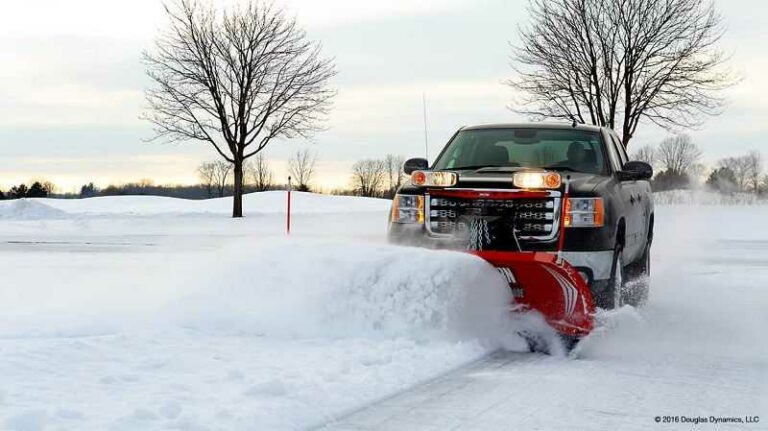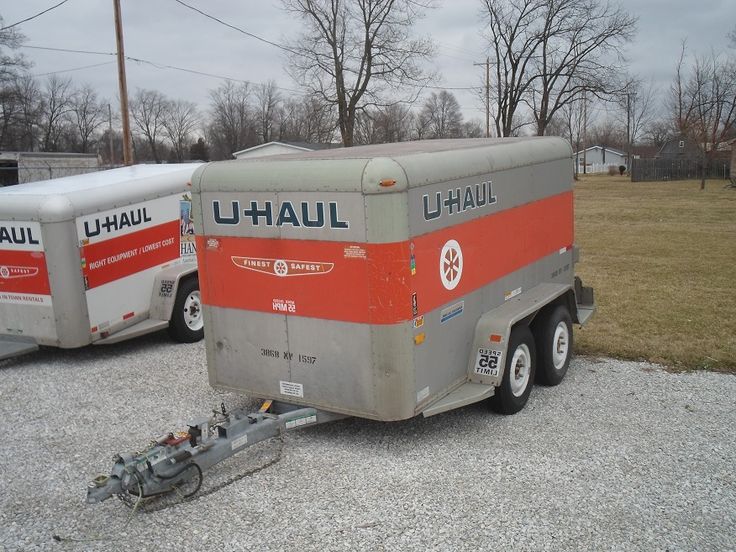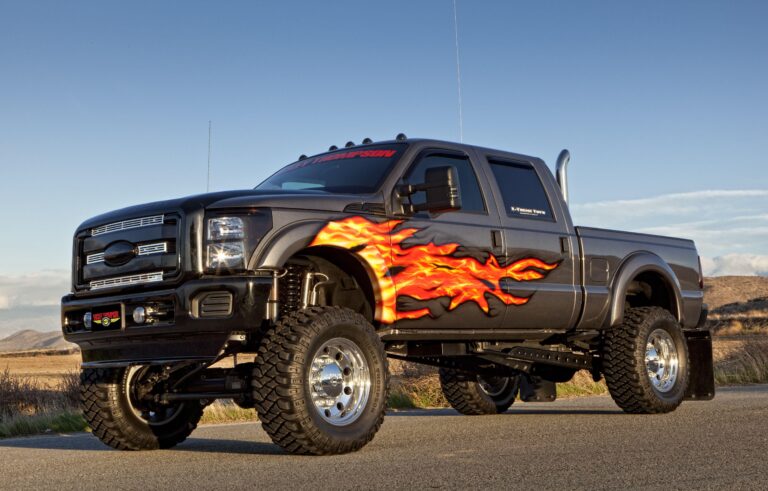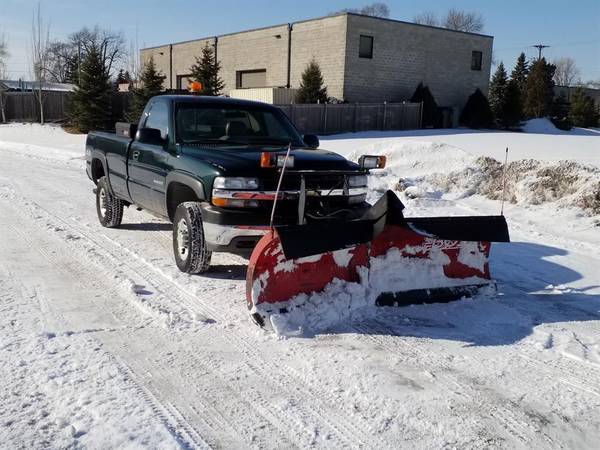Truck Body Average Cost: A Comprehensive Guide to Your Investment
Truck Body Average Cost: A Comprehensive Guide to Your Investment cars.truckstrend.com
The backbone of many businesses, trucks are more than just vehicles; they are mobile workstations, delivery systems, and specialized equipment carriers. While the chassis and engine provide the power, it’s the truck body that truly defines its utility and capability. From hauling construction materials to delivering temperature-sensitive goods, the right truck body is critical for operational efficiency, safety, and profitability. However, determining the "average cost" of a truck body is far from straightforward. It’s a complex equation influenced by a myriad of factors, making it one of the most significant investments for any fleet manager or independent operator.
Understanding the various elements that contribute to the overall cost of a truck body is essential for making informed decisions, optimizing budgets, and ensuring you get the most value for your money. This comprehensive guide will delve deep into the world of truck body average costs, exploring the factors that drive prices, common body types and their typical ranges, and practical advice for navigating the procurement process.
Truck Body Average Cost: A Comprehensive Guide to Your Investment
Understanding the Basics: What Drives Truck Body Costs?
The cost of a truck body isn’t a fixed price tag; it’s a dynamic figure influenced by several key variables. Recognizing these factors is the first step toward accurately budgeting for your next truck body investment.
- Type of Body: This is arguably the most significant factor. A basic flatbed will inherently cost less than a sophisticated refrigerated unit or a heavy-duty dump body. Each body type serves a unique purpose and requires different materials, construction methods, and specialized components.
- Materials Used: The primary materials for truck bodies are steel, aluminum, and fiberglass-reinforced plywood (FRP).
- Steel: Generally the most affordable and durable, ideal for heavy-duty applications like dump bodies or severe service. However, it’s also the heaviest, impacting fuel efficiency.
- Aluminum: Lighter than steel, offering better fuel economy and corrosion resistance, but comes at a higher initial cost. Popular for dry van and flatbed applications where weight savings are crucial.
- Fiberglass-Reinforced Plywood (FRP): Often used for dry van and refrigerated bodies due to its smooth surface, insulation properties, and good balance of strength and weight.
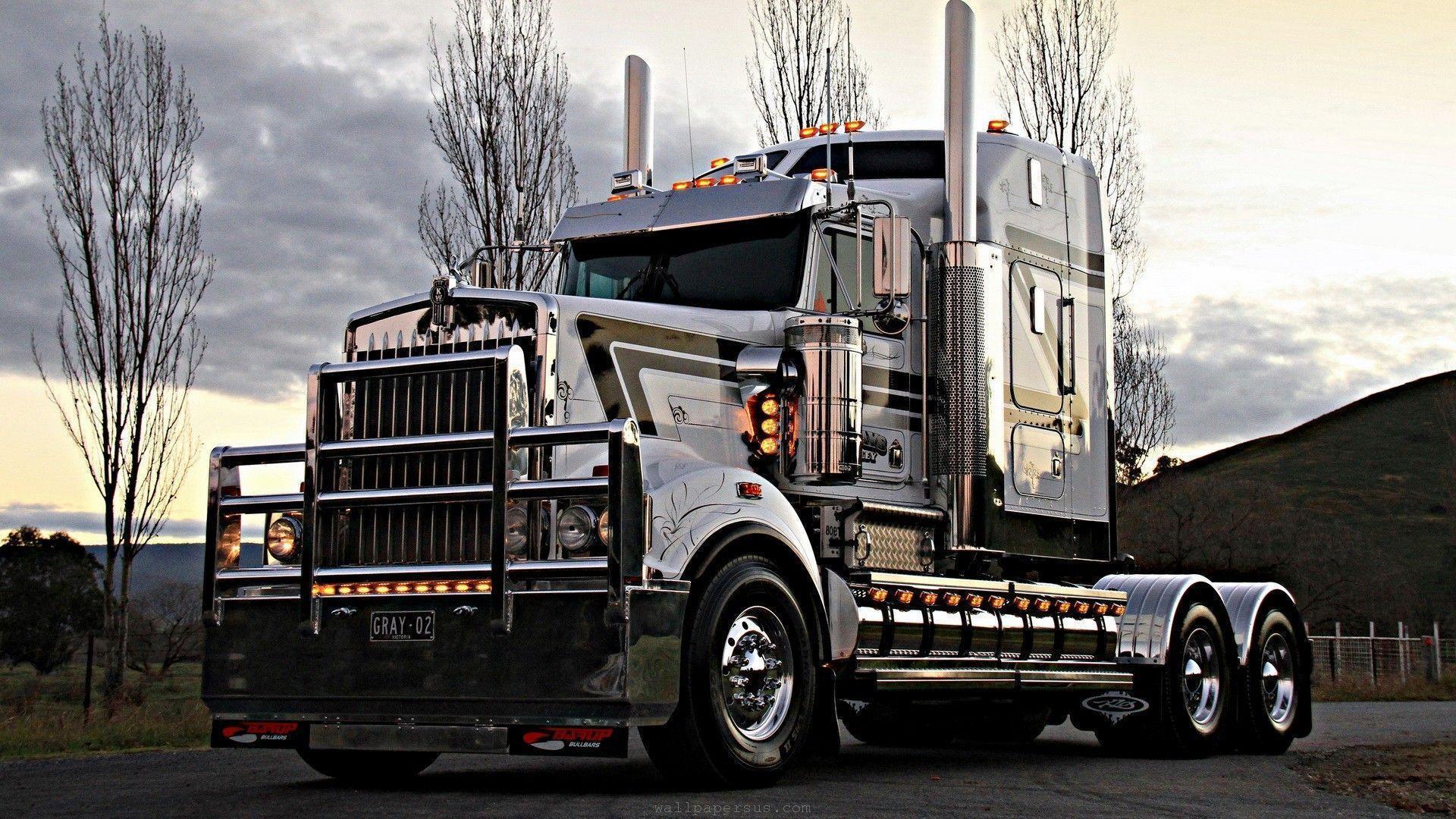
- Size and Capacity: Larger truck bodies designed to carry heavier or bulkier loads will naturally cost more. This includes considerations for length, width, height, and the payload capacity it needs to support.
- Features and Customization: This is where costs can escalate rapidly. Standard bodies offer basic functionality, but adding features like liftgates, custom shelving, toolboxes, ladder racks, power take-offs (PTOs), specialized lighting, or advanced security systems will significantly increase the price. Highly customized bodies built for unique operational needs will always be at the higher end of the spectrum.
- Installation and Upfitting: The cost of the truck body often doesn’t include the installation onto the chassis. This involves mounting, wiring, hydraulic connections, and any necessary modifications. Specialized upfitting services can add a substantial amount to the total cost.
- Manufacturer and Brand: Reputable manufacturers with a long history of quality and innovation may command higher prices, but often offer superior durability, better warranties, and higher resale value. Generic or lesser-known brands might be cheaper upfront but could lead to higher maintenance costs or shorter lifespans.
- New vs. Used: A used truck body can offer significant savings, sometimes 30-60% less than a new one. However, it comes with the risk of hidden damage, wear and tear, and potentially a shorter operational life. Thorough inspection is crucial when considering used options.
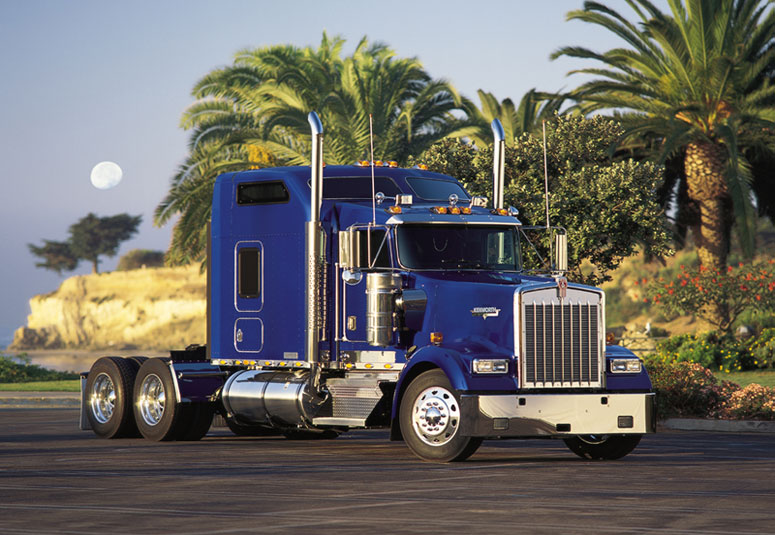
Common Truck Body Types and Their Average Cost Ranges
To provide a clearer picture, let’s explore the average cost ranges for some of the most common truck body types. These figures are broad averages and can vary based on the factors mentioned above, as well as geographic location and market demand.
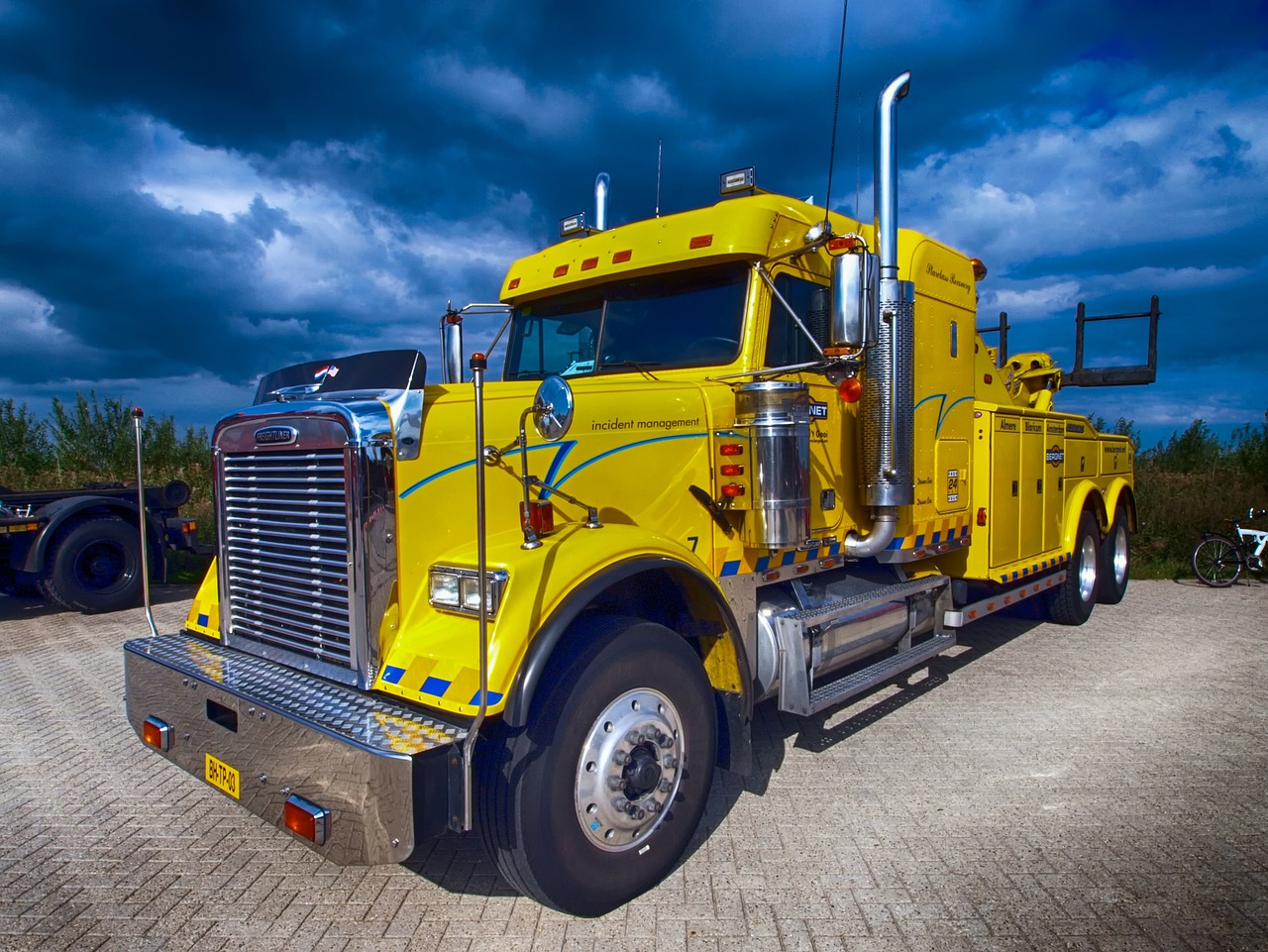
- Flatbed Bodies: Simple, open platforms for versatile cargo hauling.
- Average Cost: $3,000 – $25,000+
- Factors: Material (steel vs. aluminum), length, presence of headache racks, stake pockets, or gooseneck hitches.
- Service Bodies (Utility Bodies): Designed with external compartments for tools, equipment, and parts, popular for tradespeople.
- Average Cost: $6,000 – $40,000+
- Factors: Material, number and type of compartments, shelving, ladder racks, integrated cranes, and locking mechanisms.
- Dump Bodies: Equipped with a hydraulic lift system to unload bulk materials like gravel, sand, or debris.
- Average Cost: $8,000 – $60,000+
- Factors: Material (steel vs. aluminum), capacity (cubic yards), hoist type, tailgate options (barn doors, high lift), and specialized features.
- Dry Van Bodies (Box Trucks): Enclosed, non-refrigerated bodies for general cargo transport, offering protection from elements and theft.
- Average Cost: $10,000 – $45,000+
- Factors: Length, height, construction material (aluminum, FRP), door type (roll-up vs. swing), and interior features like lining, lighting, or E-track systems.
- Refrigerated (Reefer) Bodies: Insulated dry van bodies equipped with a refrigeration unit to maintain specific temperatures for perishable goods.
- Average Cost: $25,000 – $80,000+
- Factors: Insulation thickness, refrigeration unit capacity (engine-driven vs. electric standby), internal lining, and multiple temperature zones.
- Stake Bodies: Similar to flatbeds but with removable sides or stakes, offering flexibility for various loads.
- Average Cost: $4,000 – $30,000+
- Factors: Material, length, height of stakes, and ease of removal.
- Specialized Bodies (e.g., Crane, Hooklift, Wrecker, Beverage): These are highly customized for specific industries and functions.
- Average Cost: $20,000 – $150,000+ (or significantly more for highly complex units)
- Factors: The complexity of the integrated equipment, hydraulic systems, custom fabrication, and specific industry requirements.
Key Factors Influencing Truck Body Investment
Beyond the initial purchase price, several long-term factors should influence your investment decision:
- Durability vs. Weight: A heavier, more durable steel body might last longer in harsh conditions, but its weight will increase fuel consumption. A lighter aluminum or FRP body might save on fuel but could be less resilient to impact damage. Balance these factors based on your typical routes and cargo.
- Payload Capacity Requirements: Ensure the body’s design and material support your maximum required payload without exceeding the chassis’s gross vehicle weight rating (GVWR). Overloading can lead to safety issues, legal penalties, and premature wear on the truck.
- Industry-Specific Needs: Different industries have unique demands. Construction requires ruggedness, food delivery needs sanitation and temperature control, and service industries need organized storage. Align your body choice precisely with your operational needs.
- Resale Value: A well-maintained, popular body type from a reputable manufacturer will generally retain more of its value, offering a better return on investment when it’s time to upgrade.
- Maintenance Costs: Consider the ongoing costs. Some materials are easier or cheaper to repair than others. Specialized equipment within the body (e.g., refrigeration units, hydraulic systems) will require regular maintenance.
Navigating the Purchase Process: Tips for Cost-Effective Acquisition
Acquiring a truck body is a significant capital expenditure. Here’s how to approach the process to ensure you get the best value:
- Define Your Needs Clearly: Before contacting suppliers, meticulously outline your operational requirements:
- What type of cargo will you carry?
- What is the maximum weight and dimensions of your typical load?
- What environmental conditions will the truck operate in?
- What specific features are absolutely necessary?
- What is your budget range?
- Research and Compare Quotes: Don’t settle for the first quote. Contact multiple manufacturers and authorized dealers. Provide them with your detailed specifications to get comparable bids. Look beyond the sticker price; consider warranties, delivery times, and after-sales support.
- Consider Used Options (with Caution): For budget-conscious buyers, a used truck body can be a viable option. However, always conduct a thorough inspection by a qualified mechanic to identify any structural damage, rust, or issues with integrated systems (e.g., hydraulics, refrigeration). Factor in potential refurbishment costs.
- Negotiate: Always be prepared to negotiate on price, especially if you’re purchasing multiple units or if it’s the end of a sales quarter.
- Factor in Installation and Accessories: Get a clear breakdown of installation costs. Also, consider the price of any essential accessories (e.g., tie-downs, shelving, toolboxes) that might not be included in the base body price.
- Understand the Warranty: A good warranty provides peace of mind. Understand what’s covered, for how long, and the process for making claims.
Challenges and Solutions in Truck Body Procurement
Even with careful planning, challenges can arise during the procurement process.
- Challenge: Budget Constraints.
- Solution: Prioritize essential features. Consider a more basic model and add accessories later if your budget allows. Explore financing options or look into well-maintained used bodies.
- Challenge: Long Lead Times.
- Solution: Plan your purchase well in advance, especially for custom bodies or during peak seasons. Inquire about current lead times upfront and consider if any standard, in-stock options might meet your needs.
- Challenge: Matching Body to Chassis.
- Solution: Consult with experienced body builders or dealers. They can ensure the body’s weight, dimensions, and mounting requirements are compatible with your truck’s chassis, GVWR, and axle ratings. Mismatches can lead to safety issues and void warranties.
- Challenge: Customization Complexity.
- Solution: Provide clear, detailed specifications to the manufacturer. Request 3D renderings or detailed drawings before fabrication begins to ensure the final product meets your exact requirements.
Truck Body Average Cost Table
The following table provides estimated average cost ranges for new truck bodies, categorized by common types and general chassis size. These are illustrative averages and actual prices will vary significantly based on materials, features, manufacturer, and market conditions. Installation costs are typically separate.
| Truck Body Type | Description | Light-Duty (e.g., F-250-550) | Medium-Duty (e.g., F-650-750, Hino, Isuzu) | Heavy-Duty (e.g., Class 8 Chassis, Vocational) | Key Features/Notes |
|---|

